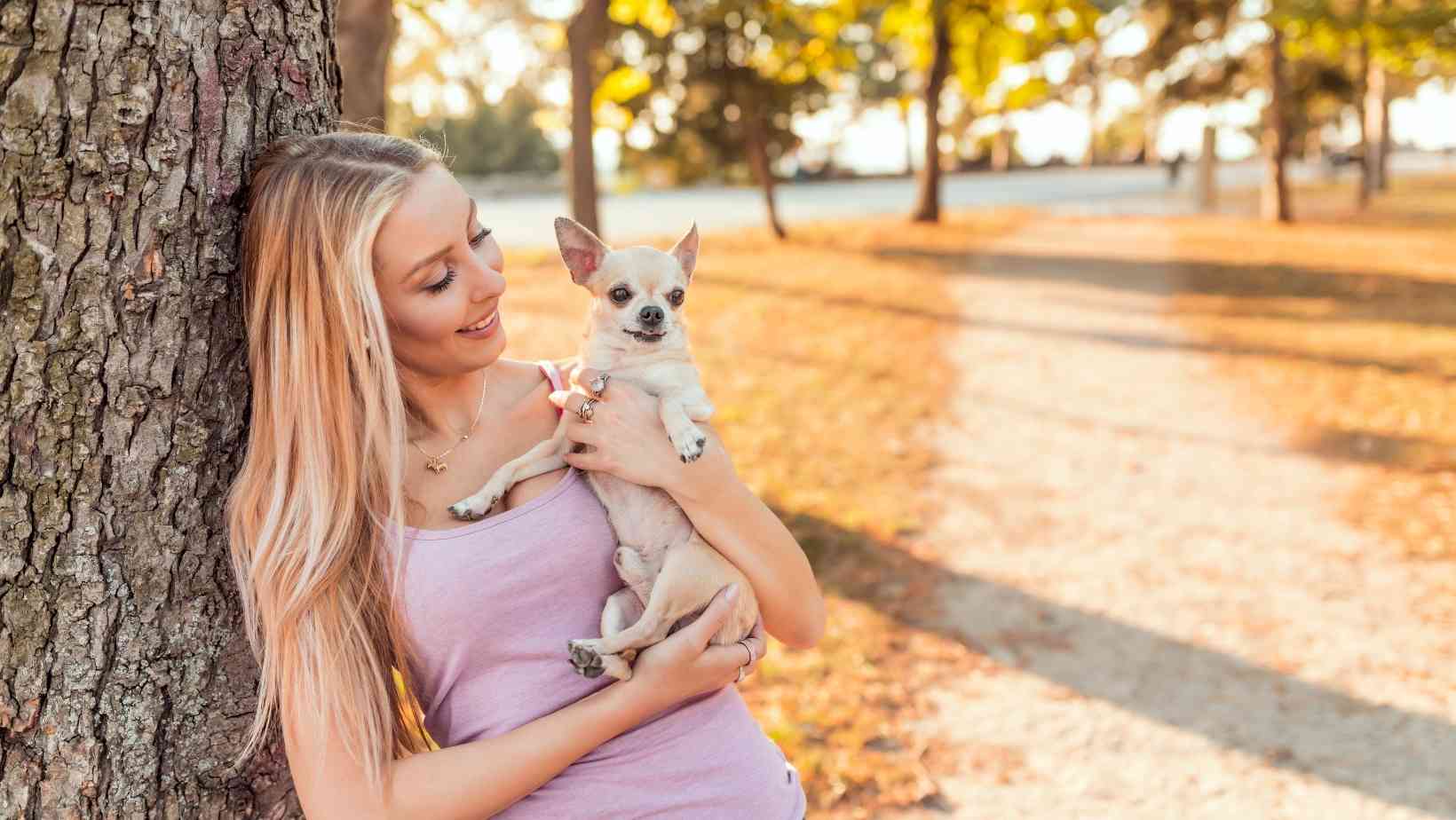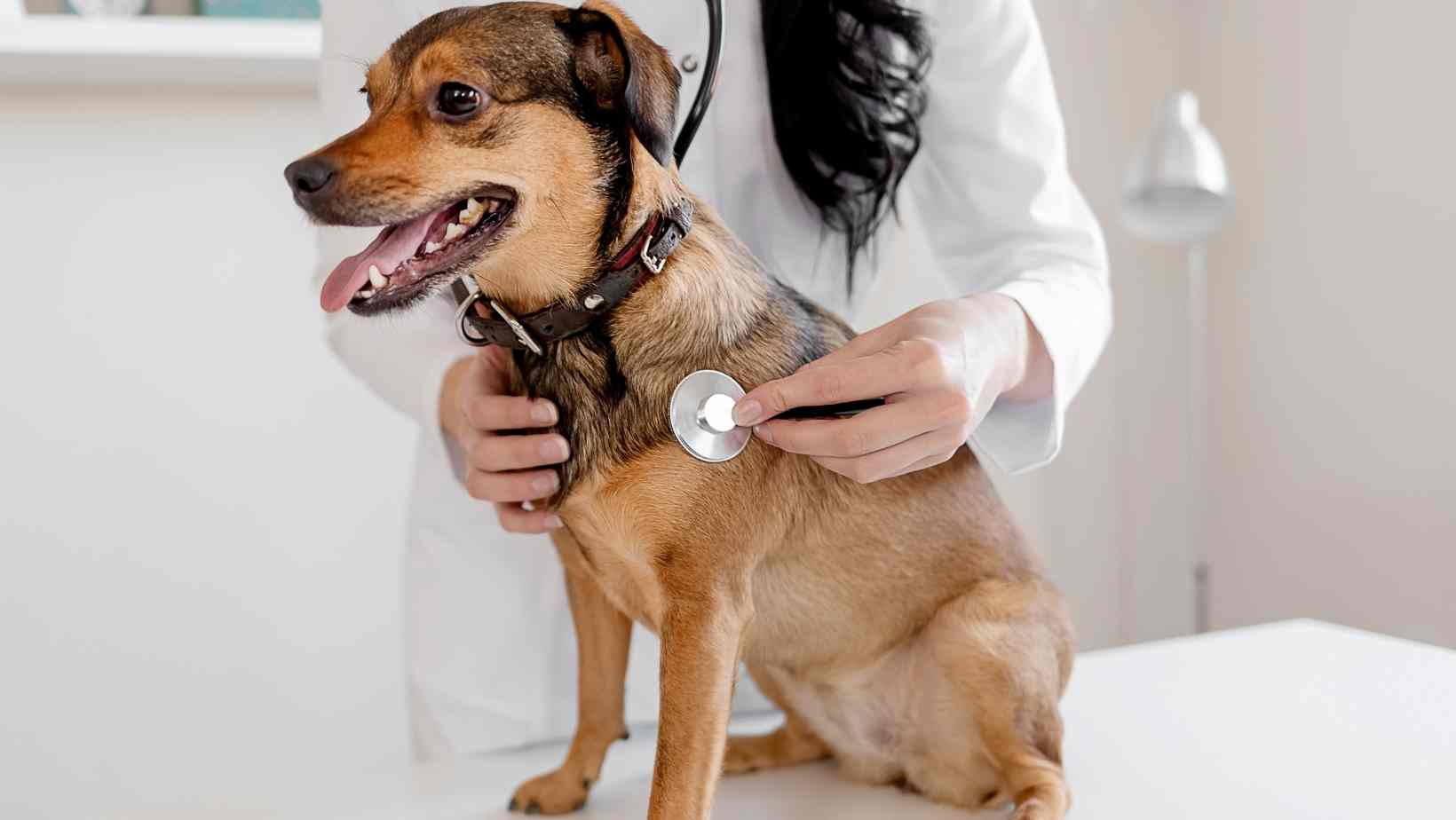Congratulations! You are now the owner of a new puppy. Whether you adopted your dog or purchased it from an ethical breeder, dogs do require time to adjust to their new surrounding as well as to their new diet. You will need to take care of your canine companion responsibly.
First of all, it’s best to get your dog checked out by a vet of your choice, preferably a regular vet that you and your dog are comfortable with. Do this the first time you get it, and then make it an annual appointment. Regular checkups and health screenings can keep your pup healthy for many years to come.

In addition, there are other tips to take care of your dog. What should you do to ensure your puppy is healthy and happy in its new home? Here are nine tips to help you get a head start.
Jump to:
1. Feed your dog the right quantities
Feeding your pets right will ensure longevity. It matters not only what you feed them but how much your feed them. Overfeeding will significantly impact your puppy and cause metabolic abnormalities such as joint diseases, cardiovascular diseases, and a lowered immune system. Feed them the right amount recommended by their vet.
2. Feeding them the right food
Plenty of human foods are toxic to animals, such as chocolate, avocados and onions. It’s always a good idea to never feed them human food unless recommended by their veterinarian. Keep human food out of their reach, especially things like gum and candy. These contain xylitol which is a toxic substance for dogs.
There are plenty of options to feed your dogs, such as raw dog food or dry dog food. You can also combine them both and see if this is something your dog will love.
3. Getting insurance for your pet
It’s always a good move to get insurance for anything in life; what more for your pet? Pet surgery can cost anywhere between $800 to $1500 for emergency care. This can quickly become a financial burden. However, getting pet insurance can help cover these unexpected costs and provide better health services for your pet.
4. Microchip your dog
Another way to ensure your pet is safe and secure is to microchip them. Your dog can get lost, or their collar might break, causing them to run off. If they are microchipped, the serial number on the chip is picked up by the scanner, generating your contact details when it is scanned through a centralized pet registry. Microchips also prove ownership of your dog in case they are stolen. These chips are not GPS trackers.
5. Ensure that their noses are wet
A dog’s nose should feel wet because this is where they secrete sweat. The moisture level will differ between the dog breeds and the time of year. No matter what, lookout for a cool and slightly wet nose.
6. Keep a first-aid kit for your pet
Emergencies and accidents happen, which is why it’s good to have a first aid kit for pets, just like you do for humans. This is a crucial step in becoming a pet owner. First aid kits come in handy, especially if you are out and about with your dogs, such as going for a hike or camping. Administering first aid can reduce risks and lessen the impact of the injury.

7. Lock up toxins
Household cleaners, pesticides and other toxic items should be kept out of reach from your dog. Dogs can get under the sink or into the garage, so baby-proofing your cabinets, drawers and cupboards provide safety and security for your pets as well as for your children.
8. Wash and keep things clean
Soft toys, blankets and a dog’s bedding are an oasis for germs, bacteria, dirt and pollen. These items should be washed weekly to keep them fresh and clean for your dog. If they suffer from allergies, washing these items regularly reduces their pollen exposure.
9. Train your dog and make it a game
Discipline and obedience are crucial elements to instill in a dog. Your dog must know specific commands and instructions so that they and you can be safe during walks or when meeting other dogs if they are in the dog park and so on. When you train your dog, always reward a specific positive behaviour with a treat or verbal praise and ignore bad behaviour. Your dog will learn which behaviour comes with a reward and which ones are frowned upon.
Train your dog your house rules and stick to them. Are they allowed in all parts of the house? What time is meal time? Can they get on the bed? Use the same training command and rules to prevent confusion and make sure all members of your household agree and use these commands.




